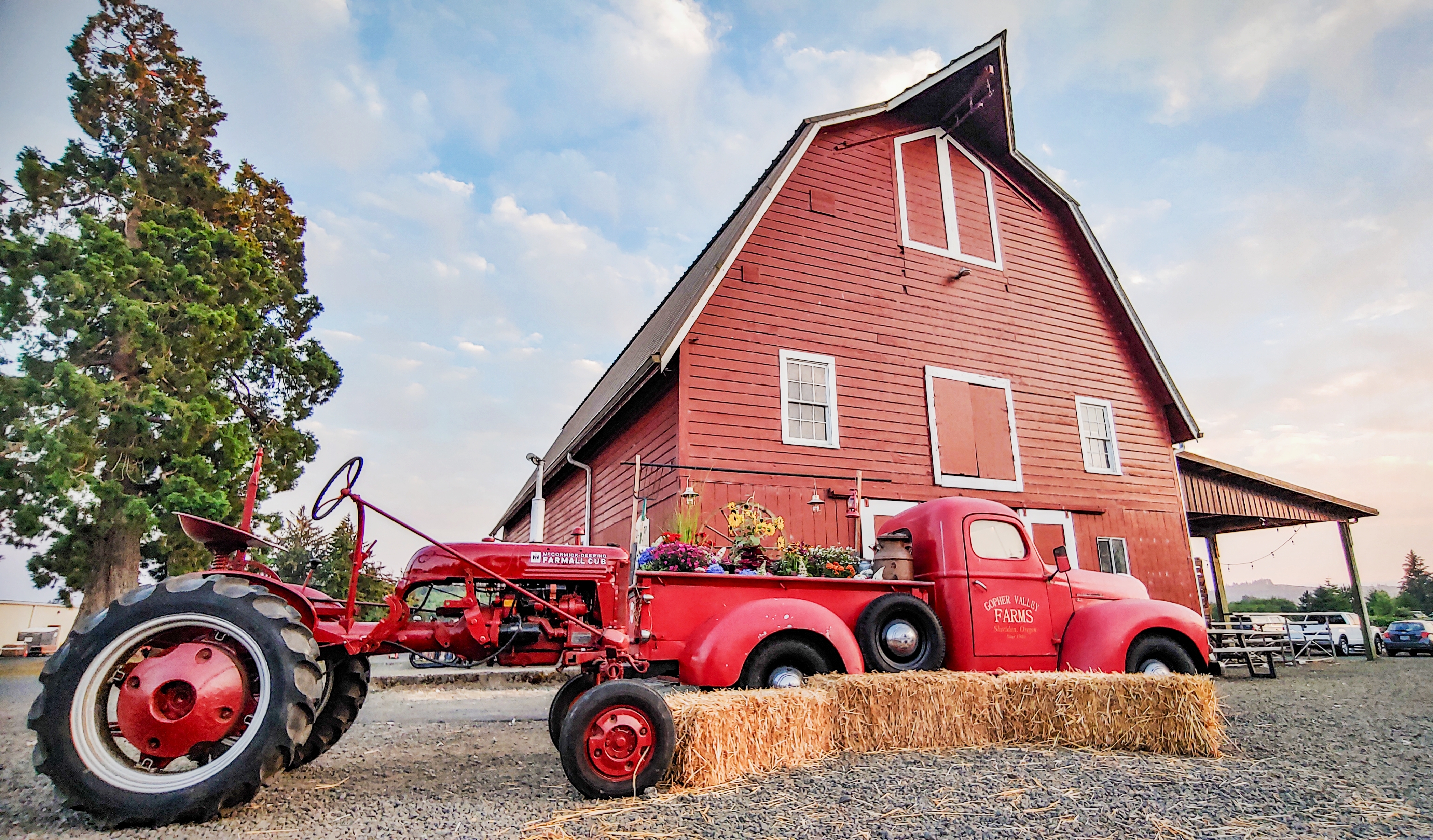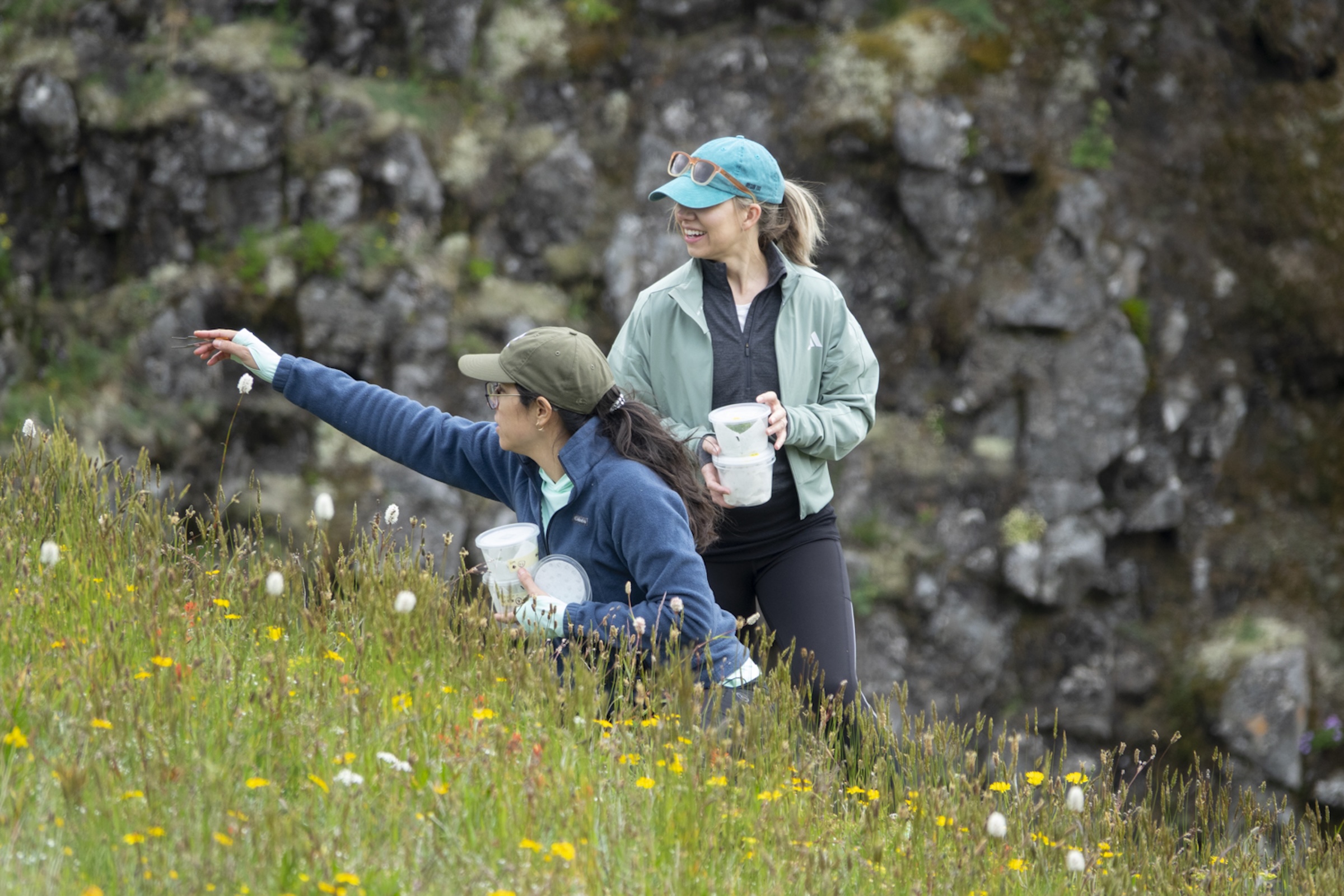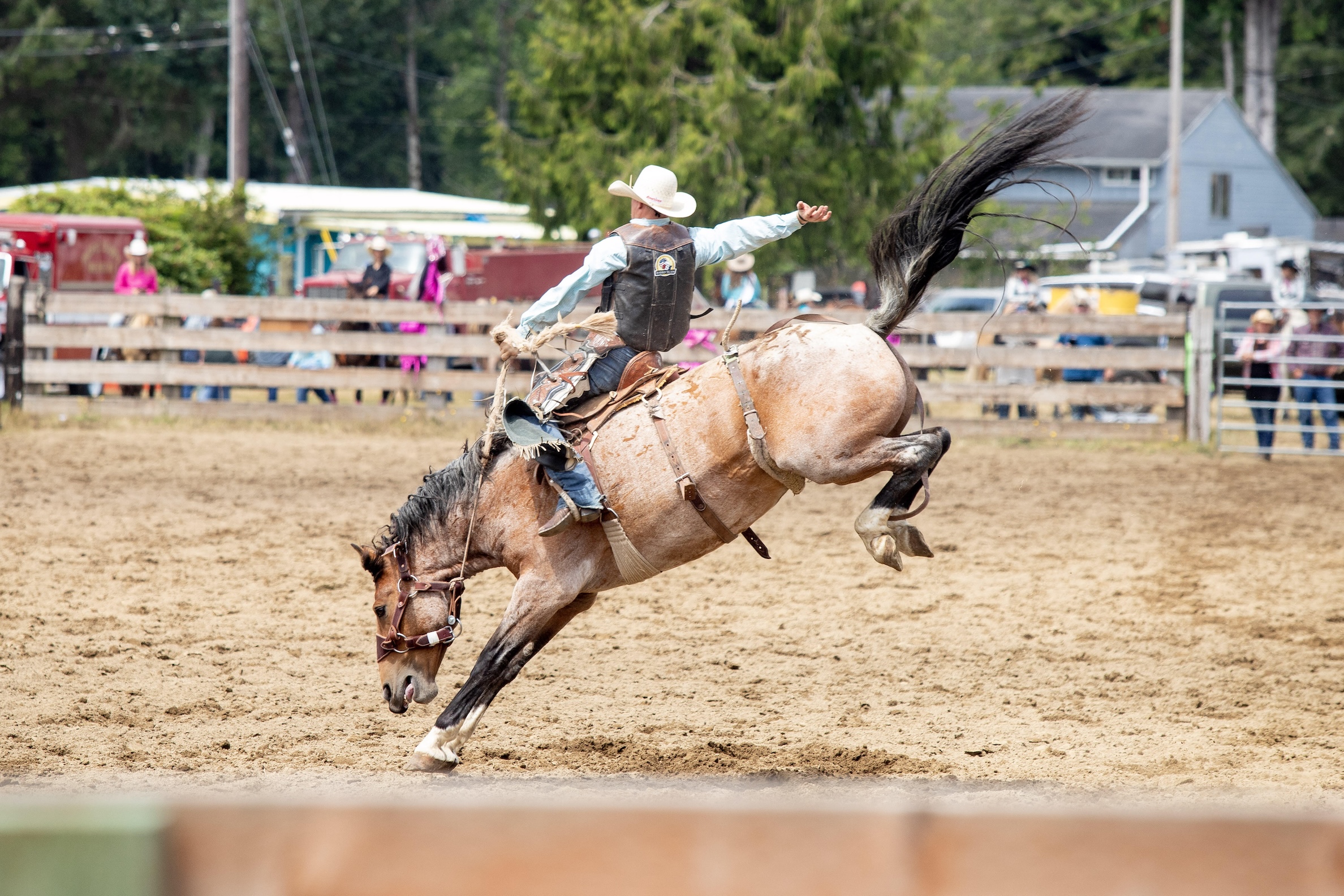Weekend Break: Columbia River salmon
Published 4:26 pm Thursday, September 9, 2021

- The more unique the label, the more a brand could stand out to potential customers.
Columbia River salmon was sold around the world, from the eastern U.S. to Great Britain, Australia, India, and parts of Africa. Each place had its own unique consumer base, so the canneries had to personalize their labels based on their customers’ locale.
Canneries on the Columbia River boomed in the 1870s and 1880s, with their peak around 1884. While some of the first canning labels were printed on simple newspaper, they quickly advanced to more substantial and eye-catching designs.
Most brands of salmon originally started with red labels. Canneries had issues with rust in their early years, so the red on the labels hid any rust spots that might appear.
Trending
The first designs were created with a simple form of chalk lithography. More detailed forms of lithography emerged in the 1880s and 1890s that allowed brands to use multiple colors and have more detailed images. Brass and aluminum were incorporated for gold or silver labels.
Although the salmon was local, the label designs usually weren’t. A lot of artists in San Francisco, Philadelphia, or New York made them for individual brands. Because of this, the labels are often a window into what people’s perceptions of the Northwest were at the time.
Many illustrations include classic images of fishermen, their boats and gear, lighthouses, and other local geographical landmarks highlighting the Northwest.
However, these landmarks weren’t always very accurate. Many show oddly-shaped versions of Mt. Hood or Mt. St. Helens or lighthouses visible from unlikely perspectives off the coast.
Images of American Indians were also common, with some being more accurate than others. In an attempt to capture the Northwest mysticism that so many Americans on the East Coast idealized, many canneries co-opted images of Plains or Northwest Indian tribes to sell their salmon.
Pictures of the fish itself got more realistic as time went on. Apparently, in the early years there were few artists who knew what a salmon looked like. Historian Jack Edwards offered up this piece of advice when figuring out how old a salmon label was: “the uglier the salmon, the older the label is.”
Trending
Eventually the images became more realistic and designers positioned them in a more active role on the label than sitting passively beneath the brand’s name. It’s common to see the fish jumping through the air or out of the water in later iterations.
Labels varied widely depending on where they were being sold. Some grocery stores would actually contract with Columbia River canneries to custom-label the cans with their name. The idea was that their customers would be more likely to buy the salmon with local name recognition.
A combination of declining salmon runs and competition from other areas led to the majority of canneries being shut down by the end of the 1970s. The salmon labels live on as a testament to the Columbia River canneries’ national and global influence.
Julia Triezenberg is an educator at the Columbia River Maritime Museum.









